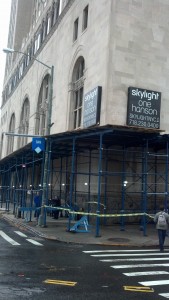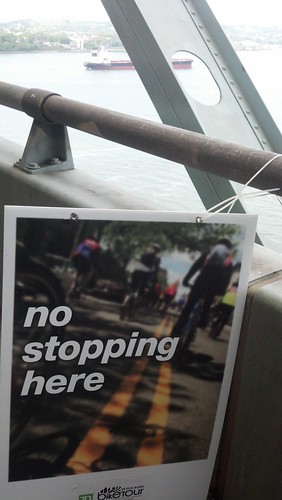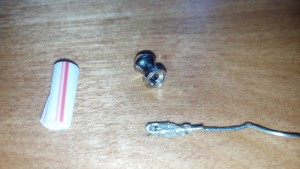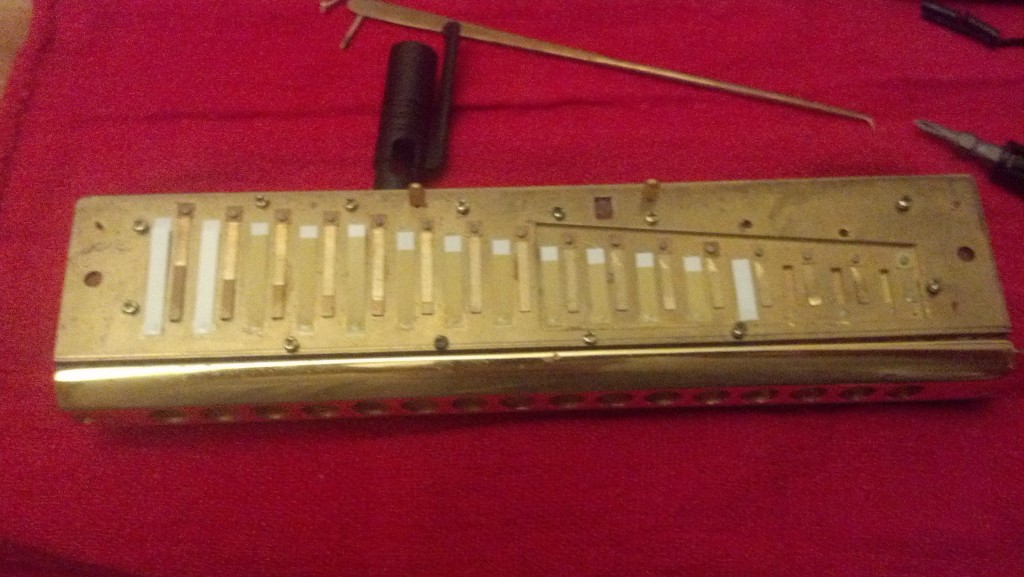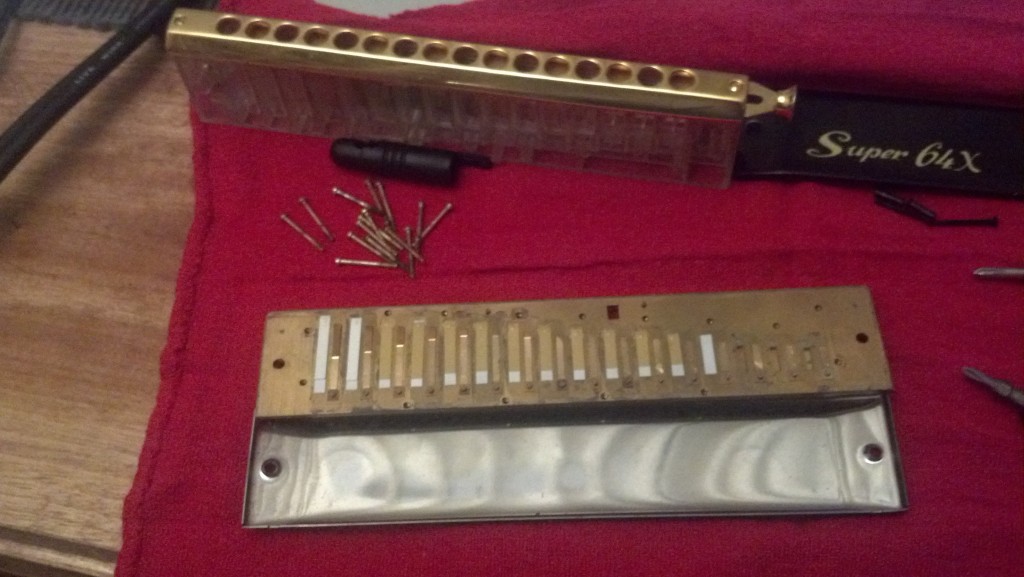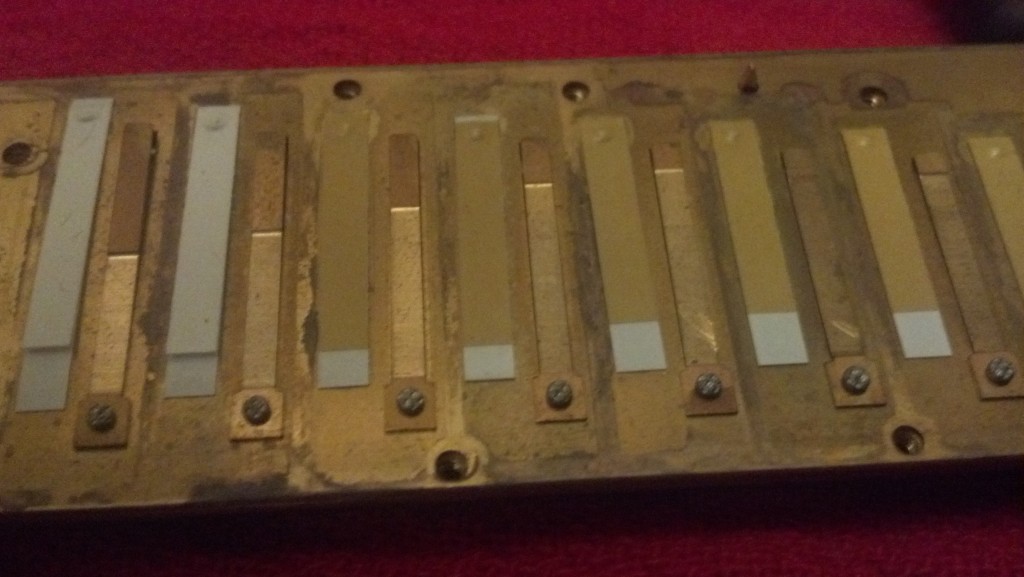
Following the death of Margaret Thatcher, I found myself thinking frequently of UB40’s great song about her, “Madam Medusa,” from their first and best album, 1980’s Signing Off. Their later pop successes with “Red Red Wine” and “I Got You Babe” often overshadow their much heavier and more serious early work.
The cover of Signing Off is an image of the band’s namesake, the “dole card” that recipients of unemployment benefits in Britain had to carry to get their benefits. The band said at the time that it gave them millions of card-carrying members from the day of their formation, in the dark days of Thatcherism, the Falklands war, race riots and Reagan’s election in the U.S.
1980 was the year of Sandinista!, the Clash’s last great album, and their magnificent 12″ dub singles. Bob Marley gave us his last album, including his career farewell, “Redemption Song.” In the US, David Bowie released his last great album for at least a decade, Bruce Springsteen followed up Born To Run with two discs of dark and thoughtful songs, Dead Kennedys released Fresh Fruit For Rotting Vegetables, and Talking Heads released their greatest album, Remain In Light. And John Lennon and Yoko Ono started over and ended too early.
Meanwhile, in England, things were happening up north. In Manchester, Joy Division, having released its iconic album Closer, had just lost singer Ian Curtis to suicide and was about to turn into New Order. A future UB40 collaborator from Ohio was making her name with a band called Pretenders. And the so-called Two-Tone movement was reviving 1960s ska in the Midlands, where bands like the Specials, the Selecter and the (English) Beat were getting started.
UB40 ended up being lumped in with that crowd, but while the two-tone bands were reviving the 1960s, UB40 was writing genuinely British roots reggae, in the spirit of their Midlands predecessors, Steel Pulse. But while they continued the fiery political tradition, UB40 put aside Rastafari and the Bible and wrote for their secular British peers. “Madam Medusa” is a terrifying tune that perfectly captures the impact Thatcher had on Britain. Alongside songs like “Burden Of Shame, “Tyler,” “King,” and their cover of “Strange Fruit,” it is as much a document of its time and place as “Catch a Fire” was of early 1970s Kingston.
The album was recorded in a Birmingham flat, with the sax in the kitchen, the percussion in the back yard, and a single 50p coin being recycled through the jimmied electric meter. It was released in a single package with an accompanying 12″ single (making for the very confusing prospect of a double album where one disc played at 33 RPM and the other at 45 RPM) containing three songs recorded in a “real” studio, the A side being “Madam Medusa.”
Almost thirteen minutes long, it opens with a organ bubble beat, a killer bass line, and the words. “From the land of shadows, comes a dreadful sight / The lady with a marble smile, spirit of the night.” Brian Travers answers every line with a heavily reverbed sax. “From the tombs of ignorance / Of hate and greed and lies / Through the smoke of sacrifice / Watch her future rise.” With controlled fury and bitter wordplay (“Her tree of evil knowledge / Sprouts a special branch”) that must have made Peter Tosh proud, they dissect her mercilessly, Ali Campbell’s mournful vocal contrasting with Astro’s frenzied toasting (“Run for your life before she eat you alive / Move out the way cos you blocking out the day”). It and “Burden Of Shame” were the only songs whose lyrics were printed on the album’s inner sleeves.
I’ve been thinking about this song since Thatcher died, but my turntable is in the shop so I couldn’t play the album. But I stumbled across the deluxe CD reissue of Signing Off last weekend at a stoop sale, and I’m happy I did because it’s very much worth it. The remastering is stellar, with the bass sounding every bit as good as it does on vinyl, and the collection is perfect. Disc 1 is the original album and 12″ EP, while disc 2 contains the 12″ versions and singles that weren’t on the album, including “The Earth Dies Screaming.” There are also several live performances demonstrating exactly how great this band was, and a DVD of videos. (Warning: This edition seems to be out of print; the version available on Amazon and other online retailers is a single-disc reissue containing only the original album and EP.)
This is the UB40 that became famous in England, long before they had their first US hits, which were, ironically, covers of reggae singles they’d loved as kids. (“Red Red Wine” is frequently mis-identified as a Neil Diamond cover, but UB40’s hit was a very faithful cover of the Tony Tribe version of the song, a late 1960s hit in Jamaica during the era when ska and rocksteady artists would cover American pop hits for the local market.)
But this record from the 1980s speaks to the here and now in a way the hit singles don’t. The speculators still prance in the bloody footsteps of her successors in Greece and Italy and Cyprus, and we all still prefer to ignore our own burdens of shame.
